Magic: Legends was an action role-playing game (RPG) similar to Diablo, where the player directs their character by pointing and clicking to locations on screen to either move, attack opponents, or use special abilities as they complete missions. In following the Magic: The Gathering (MTG) canon, each player takes the role of a new Planeswalker, one gifted in the ability to draw mana from the lands to cast spells, and to travel between worlds of the multiverse. Initially the player selects a Planeswalker type based on the five schools or colors of magic from MTG, which also describes their base attack and abilities. As the player-character grows, they gain spell cards that define additional abilities or can summon creatures to help fight; these cards are based on actual cards from MTG. However, these cards are drawn randomly from a deck of twelve that the player assembles before setting out on a mission, with four cards available at any time. Once a player casts one of these cards, the card is placed back into the deck and a new card automatically drawn to fill the slot. In addition, the player must gather sufficient mana to cast the spells. Mana regenerates slowly over time as well as dropped by enemies, and if the player opts to include cards from different schools, the mana drops will be randomly generated in proportion to the card colors in their deck, meaning that the player may need to wait for the right colored mana to appear before casting some spells. However, mixing cards from different schools can create powerful in-game combinations, as with the card game itself, and the game gives the player the opportunity to tune their deck to find successful mixes of cards.
Between missions, the player interacts at a base hub to gear up for missions, rework their deck, and use in-game currency to purchase new gear or cards as well as to unlock the other Planeswalker characters. The game uses free-to-play model that will allow players to spend real-world funds as to buy items that otherwise may require a high cost of in-game currency. The game's universe consists of many overworlds based on the various planes of Magic's multiverse, during which players will having random public encounters with various enemies alongside other players, visit quest-givers and shops, and other functions. Various portals lead to single or small-team quest instances; these can be configured to be more difficult with various modifiers as to drop better rewards if the quest is completed successfully. Rewards from both overworld and instanced quests include in-game currency, character gear, and scrolls for the cards in their currently equipped deck. Cards with enough scrolls can be upgraded to more powerful versions, limited by the player's own Planeswalker's experience level.
(Source: Wikipedia – https://en.wikipedia.org/wiki/Magic:_Legends)
Specification: Magic: Legends
|
User Reviews
Be the first to review “Magic: Legends” Cancel reply
- Show all platforms
- 3DO
- Acorn Archimedes
- Acorn Atom
- Acorn Electron
- Action Max
- Amiga
- Amiga CD32
- Amstrad CPC
- Amstrad GX4000
- Android
- APF MP-1000
- Apple II
- Apple Pippin
- Arcade
- Atari 2600
- Atari 5200
- Atari 7800
- Atari 800
- Atari Jaguar
- Atari Jaguar CD
- Atari Lynx
- Atari ST
- Atari XE
- Bally Astrocade
- Bandai TV Jack 5000
- BBC Bridge Companion
- BBC Micro
- Casio Loopy
- Casio PV-1000
- Coleco Telstar Arcade
- Colecovision
- Commodore 128
- Commodore 16
- Commodore 64
- Commodore PET
- Commodore Plus/4
- Commodore VIC-20
- Didj
- Dragon 32/64
- Emerson Arcadia 2001
- Entex Adventure Vision
- Entex Select-a-Game
- Epoch Cassette Vision
- Epoch Super Cassette Vision
- Evercade
- Fairchild Channel F
- Famicom Disk System
- FM Towns Marty
- Fujitsu FM-7
- Gamate
- Game & Watch
- Game Wave
- Game.com
- Gizmondo
- GP32
- Handheld Electronic Games (LCD)
- HyperScan
- Intellivision
- Interton VC 4000
- iOS
- J2ME (Java Platform, Micro Edition)
- Jupiter Ace
- Mac OS
- Magnavox Odyssey 1
- Magnavox Odyssey 2
- Mattel Aquarius
- Mega Duck
- Microsoft Xbox
- Microsoft Xbox 360
- Microsoft Xbox One
- Microsoft Xbox Series X
- Milton Bradley Microvision
- MSX
- N-Gage
- Neo Geo
- Neo Geo CD
- Neo Geo Pocket
- Neo Geo Pocket Color
- Nintendo 3DS
- Nintendo 64
- Nintendo DS
- Nintendo Entertainment System (NES)
- Nintendo Game Boy
- Nintendo Game Boy Advance
- Nintendo Game Boy Color
- Nintendo GameCube
- Nintendo Pokémon Mini
- Nintendo Switch
- Nintendo Switch 2
- Nintendo Virtual Boy
- Nintendo Wii
- Nintendo Wii U
- Nuon
- Oculus Quest
- Oric-1
- Ouya
- Palmtex Super Micro
- PC-88
- PC-98
- PC-FX
- Philips CD-i
- Philips Tele-Spiel ES-2201
- Pioneer LaserActive
- Playdate
- Playdia
- R-Zone
- RCA Studio II
- SAM Coupé
- Sega 32X
- Sega CD
- Sega Dreamcast
- Sega Game Gear
- Sega Genesis
- Sega Master System
- Sega Mega Drive
- Sega Pico
- Sega Saturn
- SEGA SG-1000
- Sharp X1
- Sharp X68000
- SHG Black Point
- Sinclair QL
- Sinclair ZX Spectrum
- Sinclair ZX81
- Sony Playstation
- Sony Playstation 2
- Sony Playstation 3
- Sony Playstation 4
- Sony Playstation 5
- Sony Playstation Portable
- Sony Playstation Vita
- Stadia
- Super Nintendo (SNES)
- Tandy Visual Interactive System
- Tapwave Zodiac
- Texas Instruments TI-99/4A
- Tomy Tutor
- TRS-80 Color Computer
- TurboGrafx 16
- TurboGrafx CD
- V.Smile
- Vectrex
- VTech CreatiVision
- VTech Socrates
- Watara Supervision
- WonderSwan
- WonderSwan Color
- Xavix Port
- Show all platforms
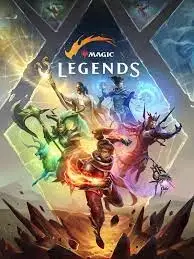
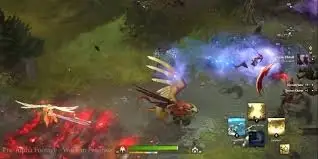
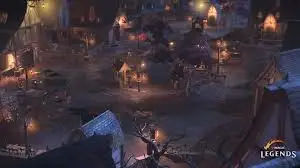
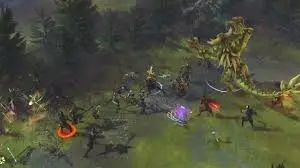
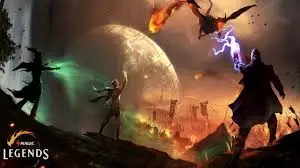
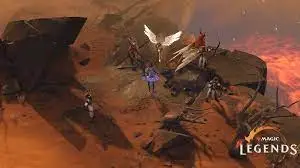
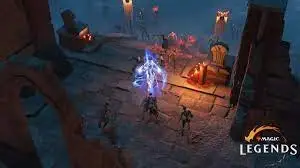


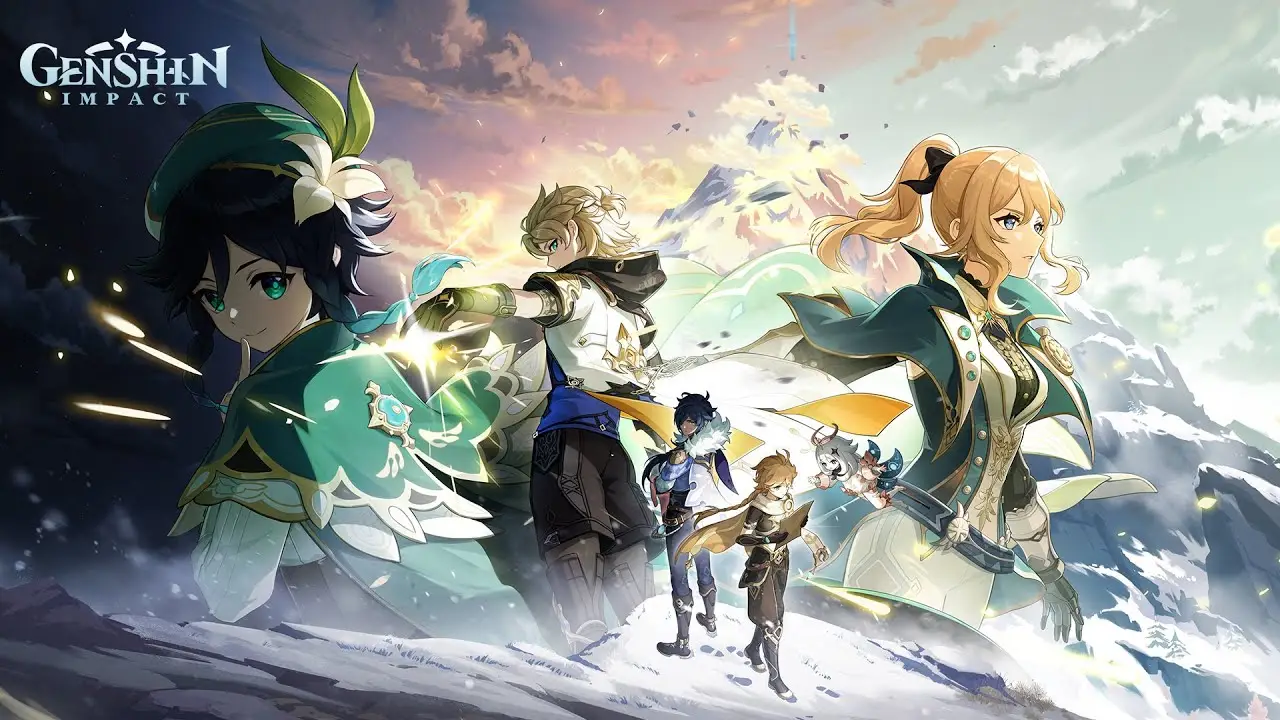
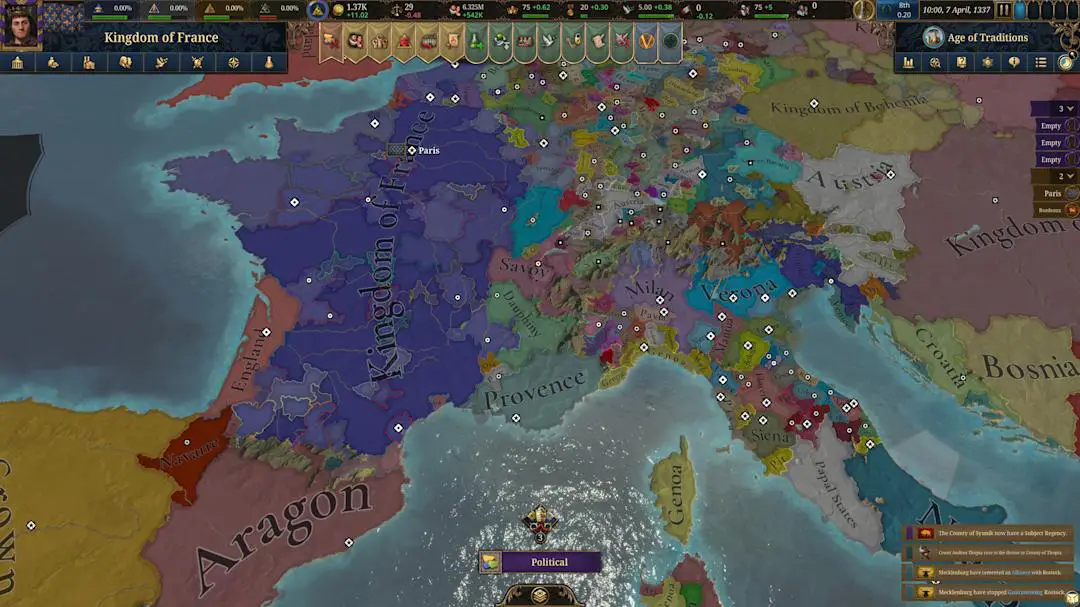

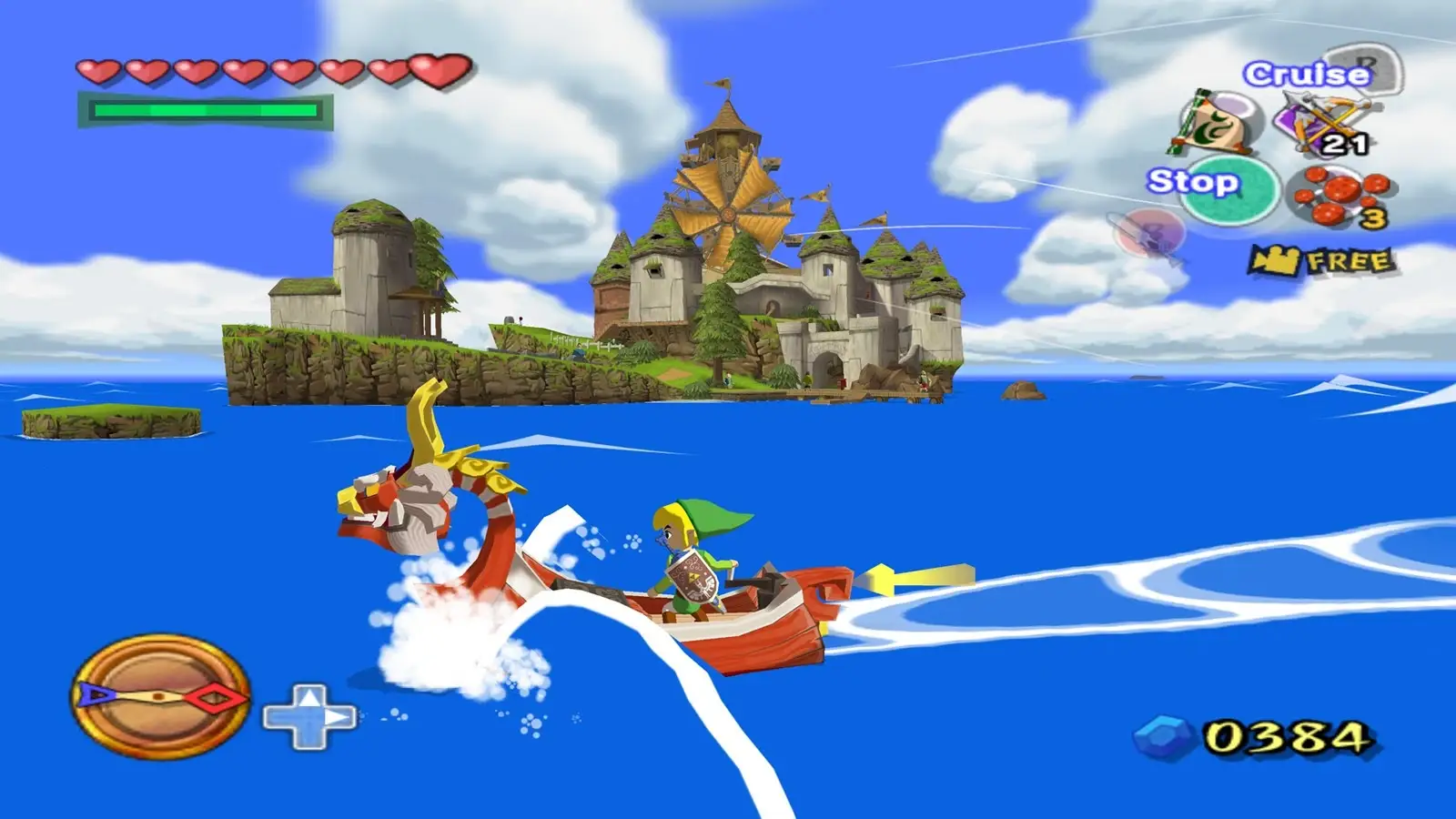
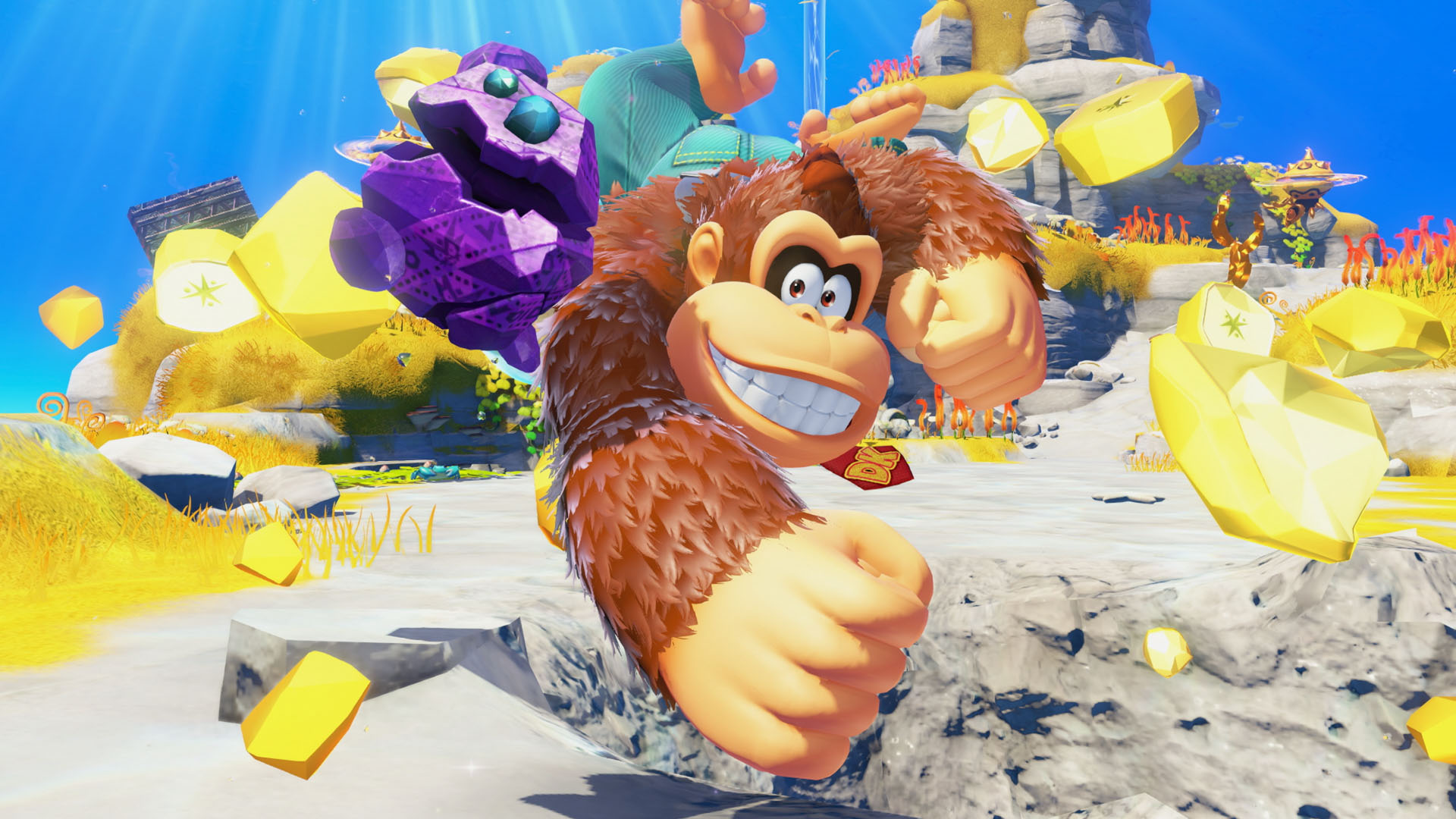
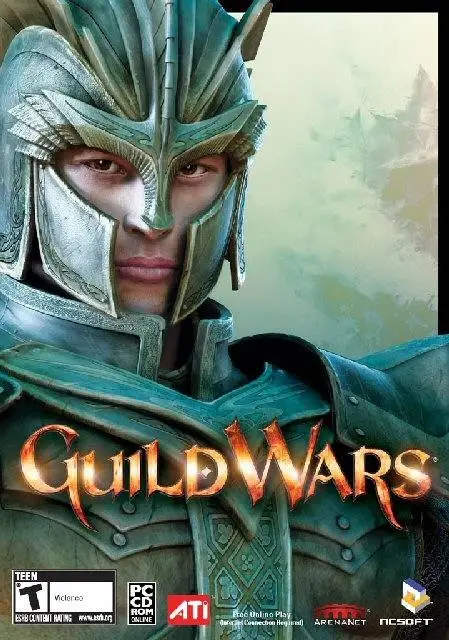
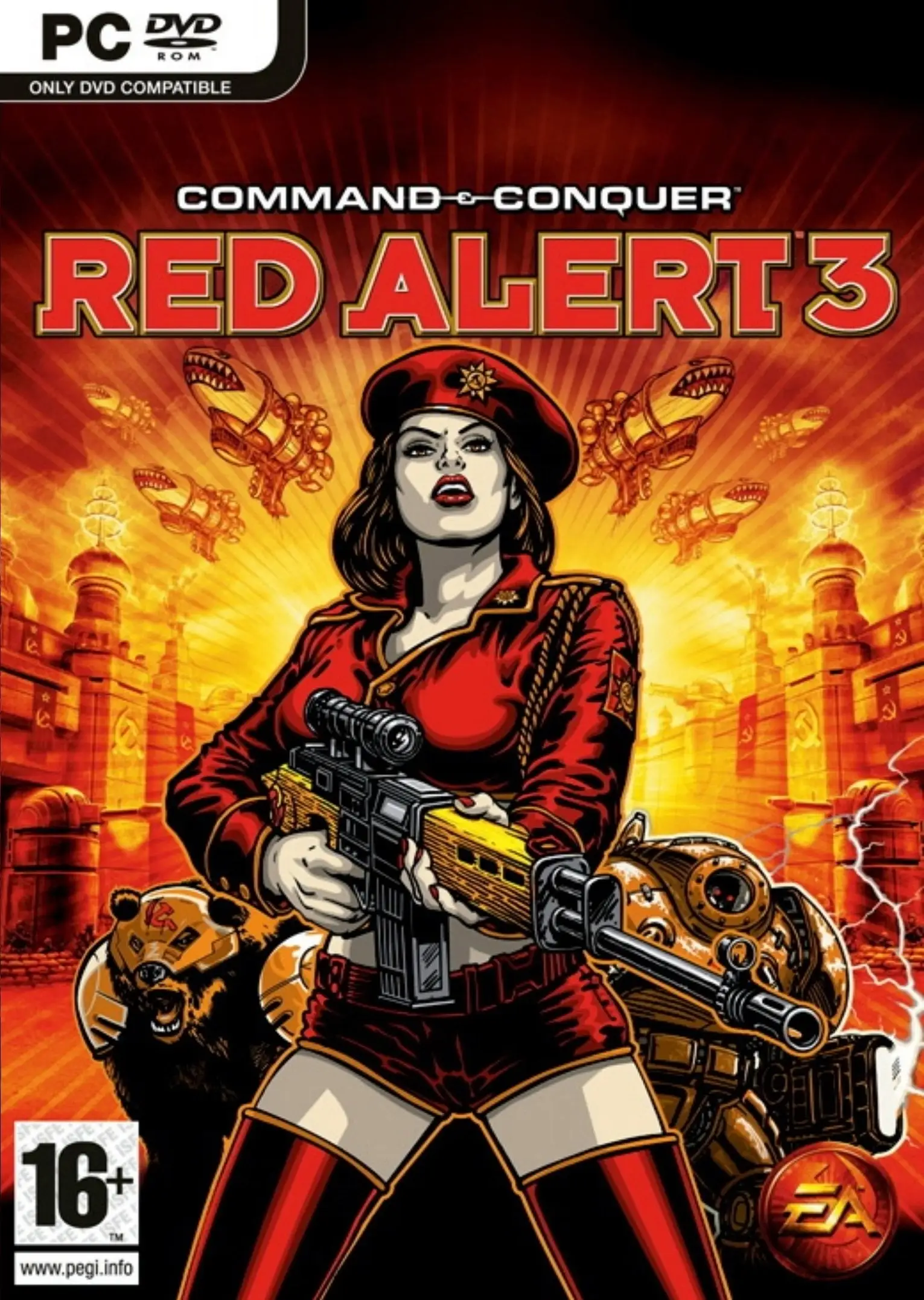
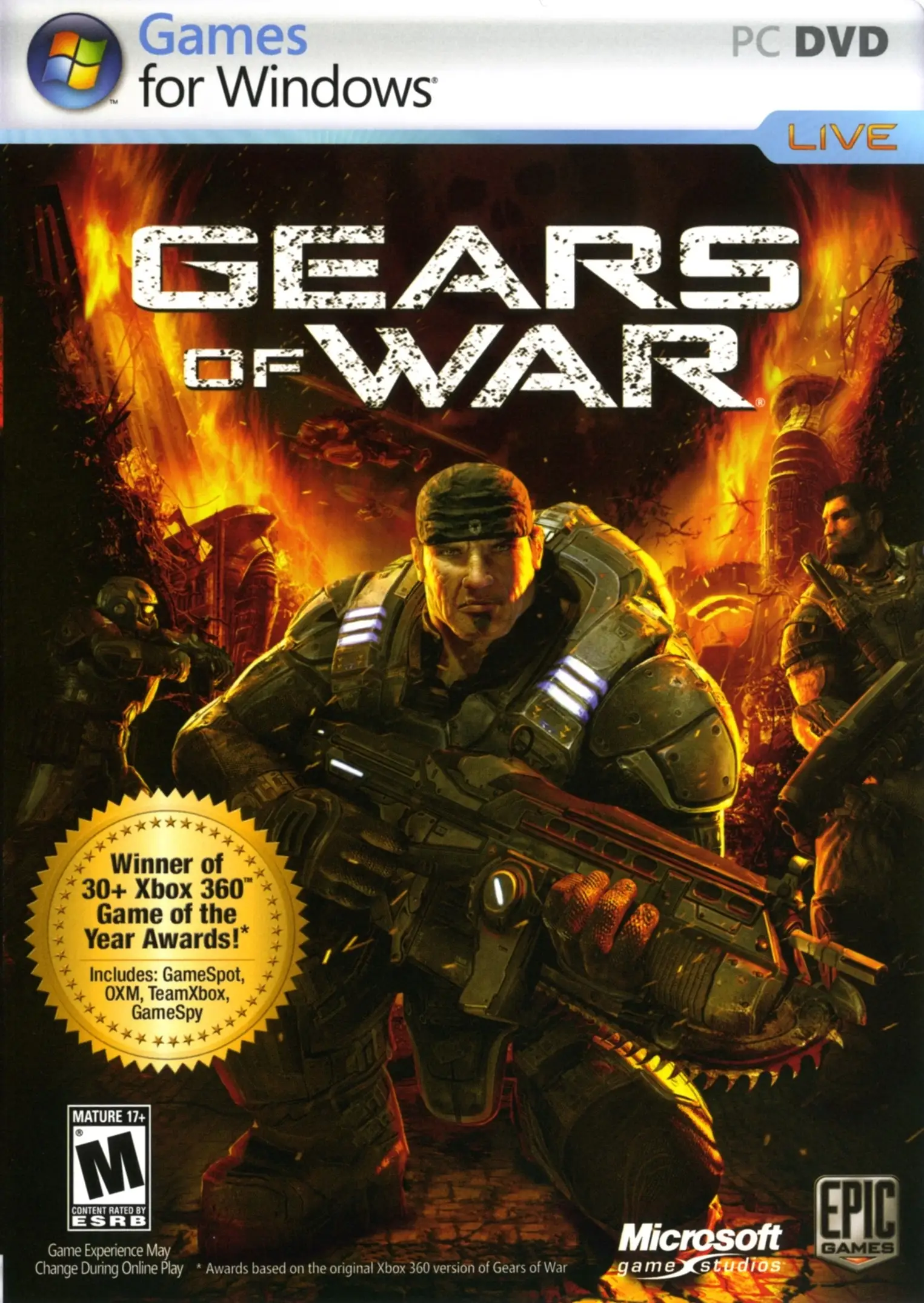
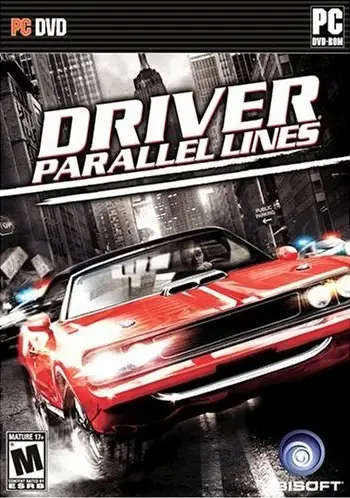

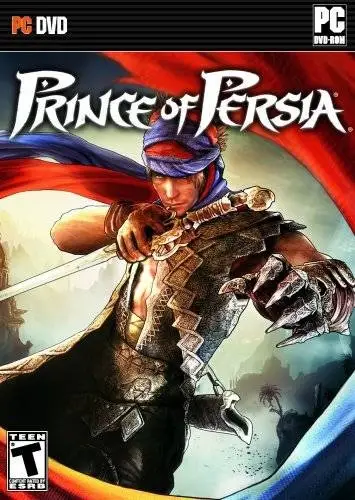
There are no reviews yet.